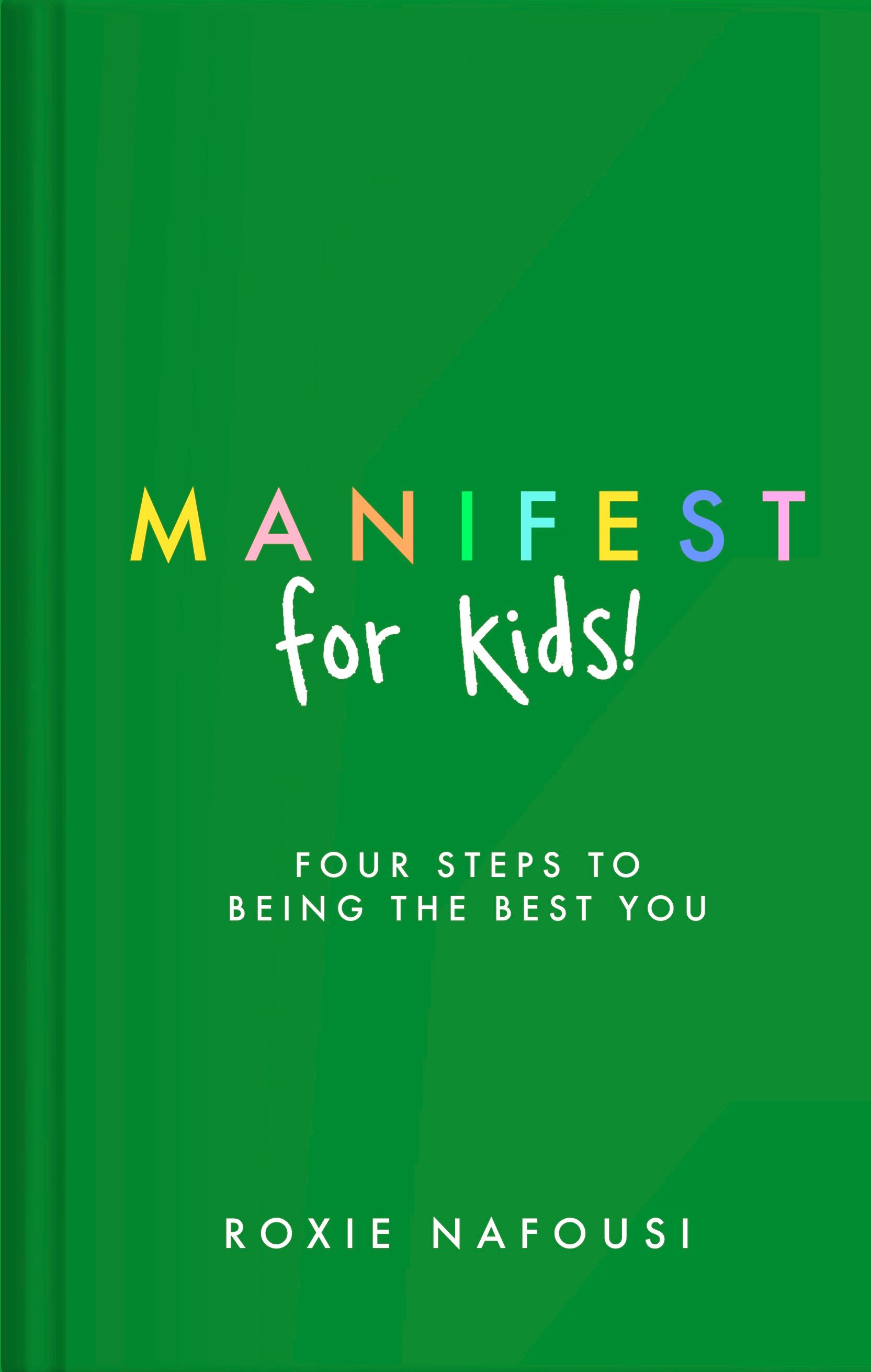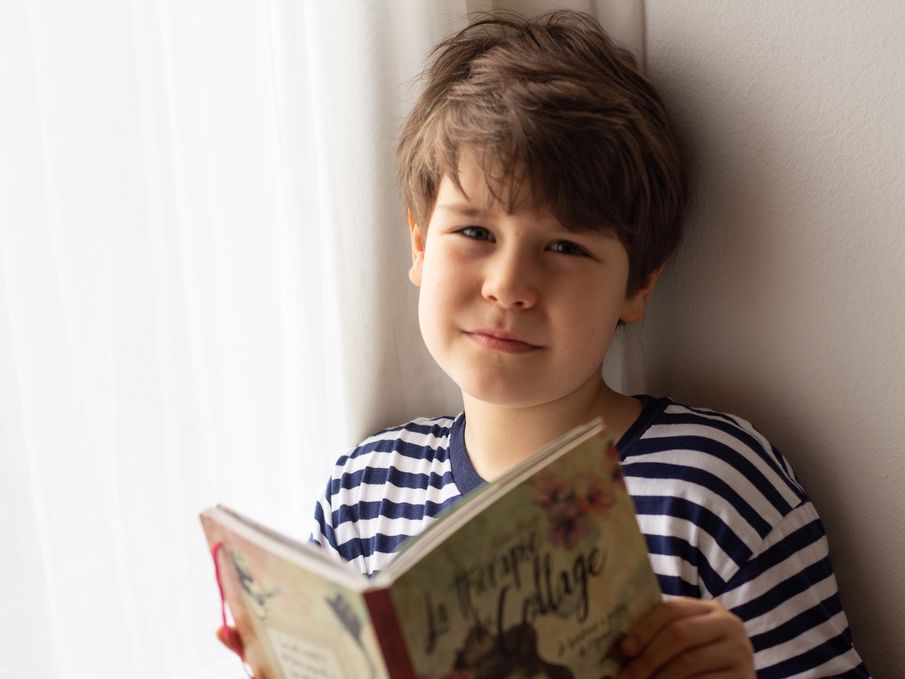We spoke to manifesting expert, self-development coach and author, Roxie Nafousi, about how parents can encourage their children to manifest
Have you ever aspired to achieve something and watched that very thing unfold right in front of you? This is the underlying principle of manifesting – the idea that if you really think it, it’ll come true.
Manifesting has become particularly popular in recent years, with as many as 60% of people using it to help them achieve their goals. Whether it be getting into a career you love, a new home, better health or even a random act of kindness, you can manifest pretty much anything if you put your mind to it. It can make a big difference in our personal lives, as well as the world around us, so it’s no wonder that many parents are keen to teach this tool to their children.
What exactly is manifesting and how does it work?
In simple terms, manifesting is the idea that you can make something happen by imagining it and consciously believing it will happen. It stems from the concept of a self-fulfilling prophecy, which is the idea that your beliefs influence your behaviours, making the belief come true. For example, if you miss your alarm and find yourself running late for work, it can be easy to say “This is going to be a rubbish day” and, sure enough, your day is probably not going to be that great.
Instead, we can try to shift our perspective – moving away from “I can’t” to “I can”. Manifesting is about actively thinking and doing things that will get us to where we want to be. We subconsciously manifest every day, but realising that we hold the power to shape our lives into how we want them to be can be incredibly transformative.
By having a clear vision and using various manifestation methods, you can turn that dream into a reality.
Some of the techniques used in manifestation include:
- setting your intentions
- visualisation
- gratitude rituals
- affirmations
- journaling
- vision boards
Why is manifesting important for children?
There can be a lot of pressure on children to figure out what they want to do when they grow up and build their confidence. This is arguably exacerbated by the ‘ideals’ perpetuated in social media. Manifestation helps children develop and identify their self-worth, notes Roxie Nafousi, self-development coach, manifesting expert and author of MANIFEST: 7 Steps to Living Your Best Life and MANIFEST For Kids!
“It is a life-changing practice that can be used by anyone,” Roxie says. “By following my unique four steps to manifestation, kids will have tools that they can use to support them through challenging times, help them to develop a more positive mindset, build confidence, cultivate an attitude of gratitude, and understand how to set and reach goals. All of which are key life skills that will give them the best opportunity to thrive in life.”

How to talk to kids about manifestation
Manifesting is not ‘magic’, nor is it as simple as just waiting for your vision to appear. It’s about being active and aligning our behaviours with what we want to achieve. So, how can we explain this concept to kids?
“The way I define it is that ‘manifesting is using your mind to help you feel happier, more confident and make your dreams come true, it’s like having a superpower!’” says Roxie.
How can we encourage children to manifest?
“I think that the best thing we can do is give kids the tools that they need to help themselves,” says Roxie. “Self-development tools such as meditation, breathwork, journaling and using positive affirmations are all simple practices that kids as young as four can start to do. The earlier we can teach it to them, the better. In fact, I have found kids to be more receptive than adults when it comes to breathwork and using affirmations!”
Tips for getting started
Explaining manifestation to kids is the first step in sparking their curiosity and imagination, but what are some exercises that parents can encourage their children to do to help their intentions come to fruition?
“There’s an example in the book where I encourage children to talk about the ‘best things about the day,’” says Roxie. “It’s something I’ve been doing with Wolfe since he could communicate. Just before he sleeps, I say to him “What was the best thing about today?” And then I ask him to think of another thing, and another. I think this helps train kids to focus on the good moments and is a really simple gratitude practice for you to do together.
“I also love the gratitude jar exercise, which is also in the book. I ask families to get a jar and label it ‘gratitude jar’. Every Friday, you can then ask everybody in the family to write down something from the week they were grateful for, put their name on the back, and then put it in the jar. When the jar is full, you can read them all together and remember all the joyful moments you have had!”
MANIFEST For Kids! by Roxie Nafousi is out now, published by Puffin.
Roxie Nafousi is a self-development coach, inspirational speaker, manifesting expert, and a two-time Sunday Times Bestselling author. Her debut book, "MANIFEST: 7 Steps to Living Your Best Life," achieved global acclaim since its release in January 2022 and is widely regarded as the ultimate guide to manifestation. Her third book, "MANIFEST For Kids - Four Steps to Being the Best You” was released this year as part of Roxie’s mission to help support young people’s emotional and mental well-being.
In collaboration with The Head Plan, Roxie also offers a range of transformational products, including The Journal, The Manifest Deck, The Notebook and The Mantra cards, that provide people with the tools they need to fulfil their potential and live their best lives. Roxie also hosts her own workshops and webinars.


Comments